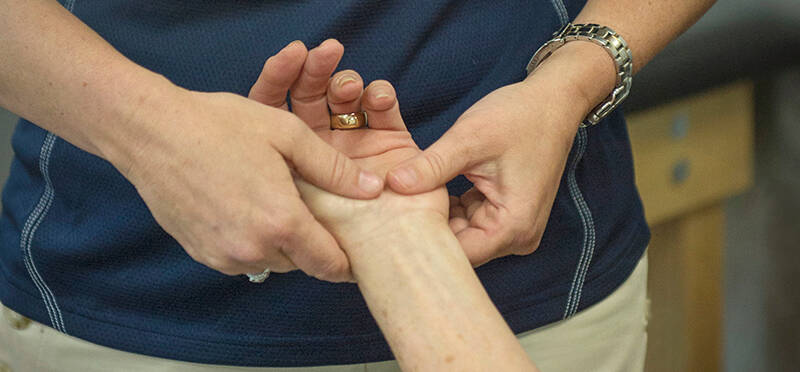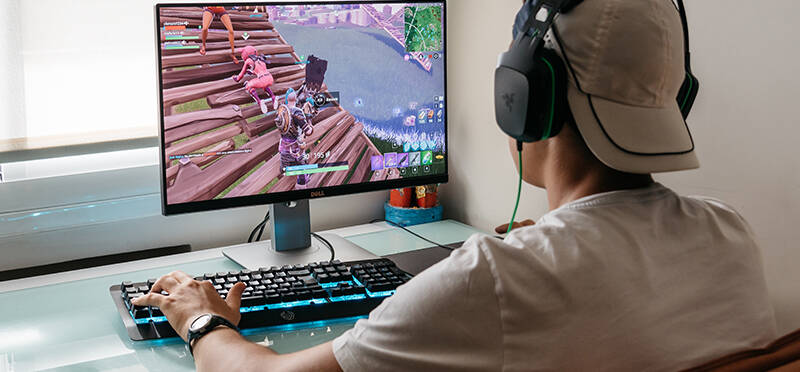Preventing Back and Neck Pain When E-Learning
Posted on August 17, 2020 by Tara Hackney, PT, DPT, OCS, KTTP
With the start of the school year approaching, many students are returning to e-learning formats. Students are commonly not used...
(more…)











